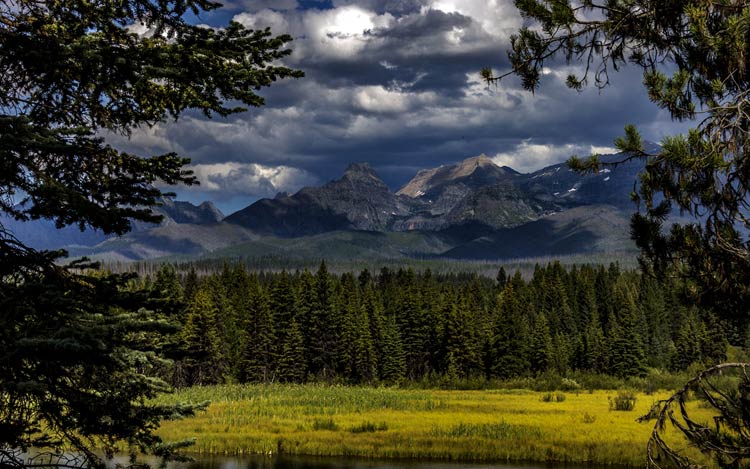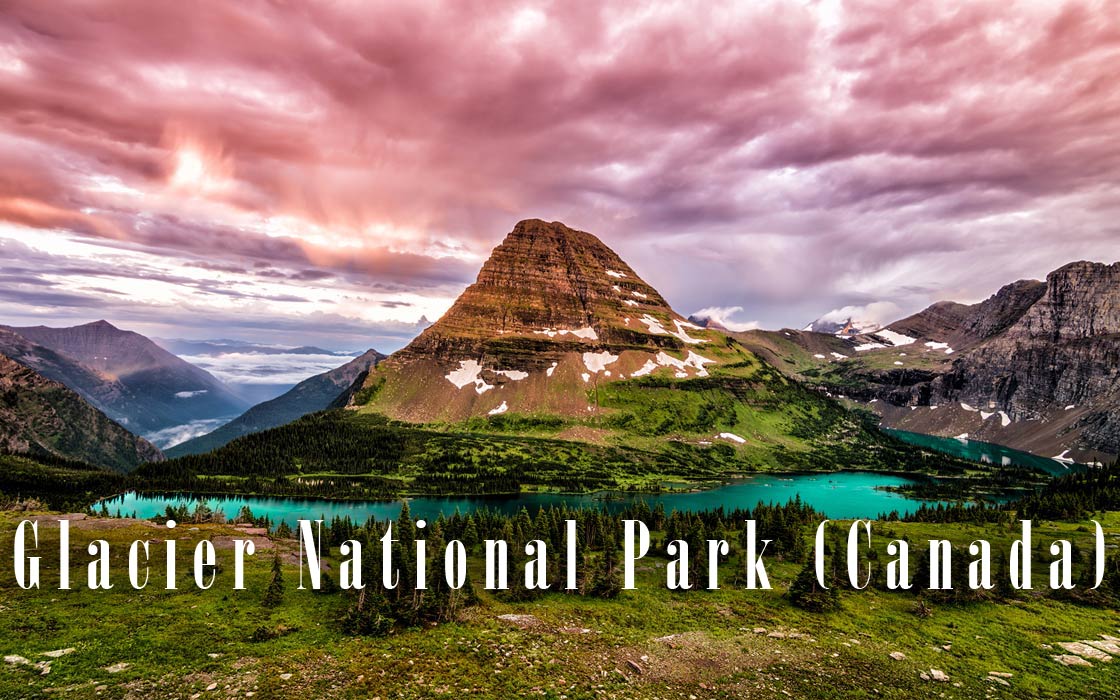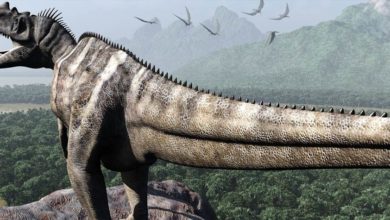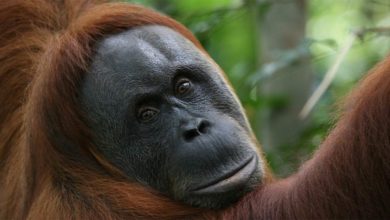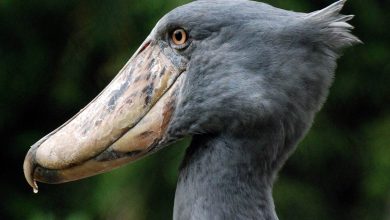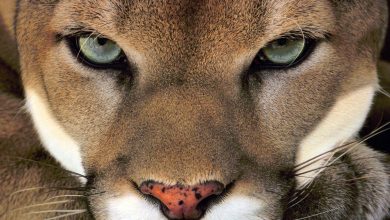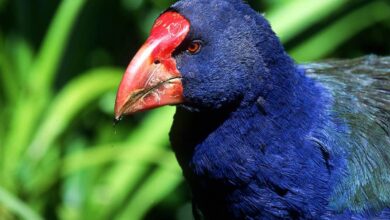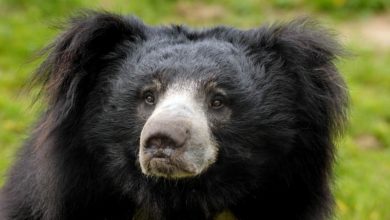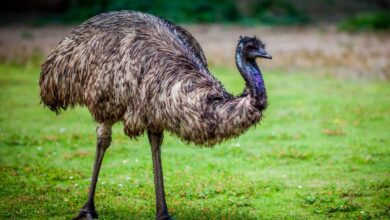Discover the Beauty of Glacier National Park: A Journey Through Canada’s Majestic Mountains
Glacier National Park is located in the Selkirk Mountains of British Columbia, Canada. It is known for its rugged mountains, glaciers, alpine meadows, and diverse wildlife. The park covers 1,349 km² (521 mi²) and offers opportunities for hiking, camping, fishing, and wildlife viewing. The park is also home to the famous Rogers Pass, which is a historic transportation route and a popular destination for backcountry skiing.
Glacier National Park is a magnificent wilderness area located in the Selkirk Mountains of British Columbia, Canada. The park is named for its majestic glaciers, which are remnants of the last ice age and are slowly receding due to climate change.
The park is home to a wide variety of landscapes and ecosystems, ranging from lush forests to high alpine tundra. It is also home to a diverse array of wildlife, including grizzly bears, black bears, moose, and over 200 species of birds.
One of the park’s most iconic features is the Going-to-the-Sun Road, a scenic drive that offers breathtaking views of the park’s mountains, glaciers, and lakes. The road winds through steep valleys and along sheer cliffs, providing visitors with a thrilling and unforgettable experience.
Visitors to Glacier National Park can also enjoy a variety of recreational activities, including hiking, camping, wildlife viewing, and winter sports such as cross-country skiing and snowshoeing.
As a place of ecological and cultural significance, Glacier National Park is managed with great care by Parks Canada to ensure the long-term preservation and protection of its unique and fragile ecosystems.
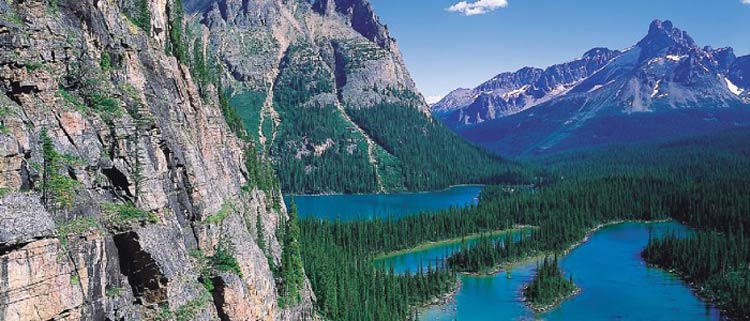
Location
Glacier National Park is located in southeastern British Columbia, Canada.
Basic Facts About Glacier National Park in Canada
- Location: British Columbia, Canada
- Established: 1886
- Area: 1,349 km² (521 sq mi)
- Elevation range: 775 m (2,543 ft) to 3,005 m (9,862 ft)
- Number of glaciers: 400+
- Main attractions: Going-to-the-Sun Road, Rogers Pass Discovery Centre, hiking trails, wildlife viewing, winter sports
- Wildlife: Grizzly bears, black bears, moose, mountain goats, wolverines, over 200 species of birds
- Climate: Cool and wet, with mild summers and cold, snowy winters
- Conservation: Managed by Parks Canada to protect and preserve its natural and cultural resources.
History and name of the Park
Glacier National Park was established in 1886 and was originally named “Rogers Pass National Park”. In 1910, the park was renamed to its current name, Glacier National Park, due to the presence of numerous glaciers in the park. The park was established to protect the natural beauty and resources of the area, including the Selkirk Mountains and the glaciers that give the park its name.
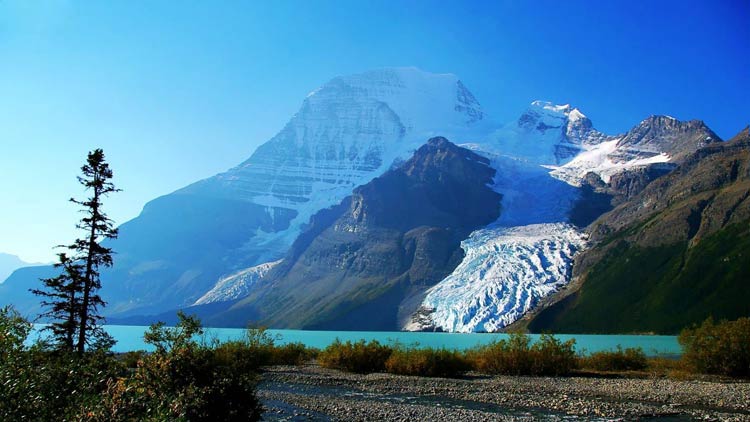
Geography
Glacier National Park is situated in the Selkirk Mountains of British Columbia, Canada. It covers an area of over 1,400 square miles and encompasses a diverse range of landscapes, including rugged peaks, glaciers, alpine meadows, and dense forests. The park also includes the upper Columbia River, which provides critical habitat for several species of fish. The park is located in a transition zone between the coastal rainforest and the interior dry belt, which results in a unique and diverse range of flora and fauna.
Mountains
Glacier National Park is home to several notable mountains, including:
- Illecillewaet Mountain
- Mount Sir Donald
- Mount Macdonald
- Mount Aberdeen
- Mount Sir Sanford
- Mount Bonney
These mountains are part of the Selkirk Range and offer challenging climbing opportunities for experienced mountaineers. The park is also known for its glaciers, including the Illecillewaet Glacier, which is one of the largest glaciers in the park.
The mountains and glaciers are also significant sources of water for the region and play an important role in shaping the park’s unique landscape.
Major peaks and ranges
Some of the major peaks and ranges in Glacier National Park include:
- Selkirk Mountains
- Illecillewaet Mountain
- Sir Donald Range
- Macdonald Range
These peaks and ranges offer breathtaking views and challenging climbing opportunities. They are also home to diverse ecosystems and support a variety of wildlife species.
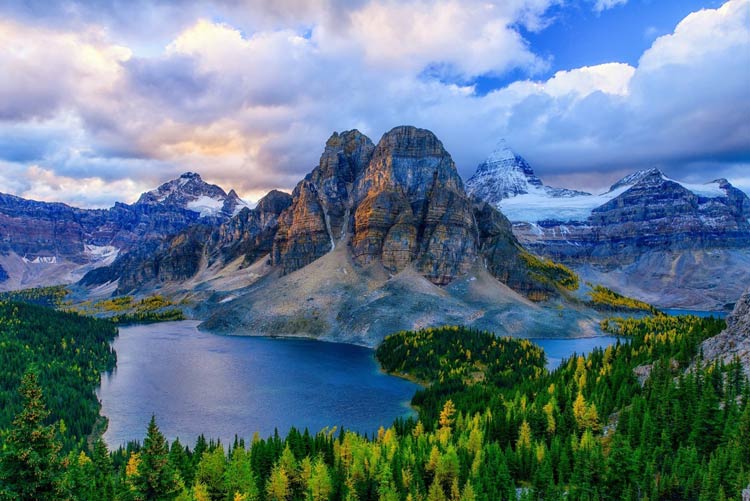
Glaciers
Glacier National Park is named after the numerous glaciers located within the park. Some of the notable glaciers in the park include:
- Illecillewaet Glacier
- Asulkan Glacier
- Victoria Glacier
- Heyworth Glacier
These glaciers are remnants of the last ice age and are slowly melting due to changing climate conditions. They provide important sources of water for the region and are significant features of the park’s landscape. Visitors to the park can hike to and view these glaciers, although access may be limited due to changing conditions.
Rivers
The park is home to several significant rivers, including:
- Illecillewaet River
- Beaver River
- Jordan River
- Rogers River
- Blaeberry River
These rivers provide critical habitats for several species of fish, including the threatened bull trout. The rivers also support recreation opportunities, including fishing and rafting. The upper Columbia River also runs through the park and is an important source of hydroelectric power for the region.
Main roads
The main road through Glacier National Park is the Trans-Canada Highway, which runs through Rogers Pass and connects the park to the surrounding communities. The highway provides access to the park’s many recreational opportunities and scenic attractions, including hiking trails, camping areas, and wildlife viewing areas. In the winter, the highway is also a popular destination for backcountry skiing and snowmobiling. Additionally, there are several smaller roads within the park that provide access to specific areas, including hiking trailheads and campgrounds.
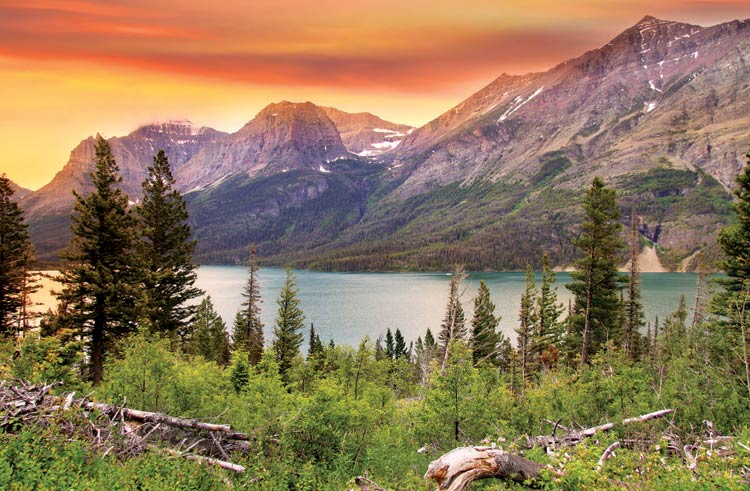
Geology
The geology of Glacier National Park is dominated by the Selkirk Mountains, which are part of the North American Cordillera. The mountains were formed by tectonic activity and are composed primarily of sedimentary and metamorphic rock. The glaciers in the park have also shaped the landscape, carving valleys and depositing glacial till and moraines. The park is also known for its rich mineral deposits, including silver, lead, and zinc. The unique geology of the park has helped shape its unique and diverse ecosystem, making it a popular destination for geological and geological enthusiasts.
Caves
Glacier National Park is home to several notable caves, including the:
- Glacier Cave
- Hole-in-the-Wall Cave
- Ice Cave
These caves were formed by glacial activity and are significant features of the park’s landscape. Some of the caves are open to visitors, but access may be limited and guided tours are often required. The caves provide important habitats for bats and other cave-dwelling species, and offer a unique opportunity to explore the park’s geological history.
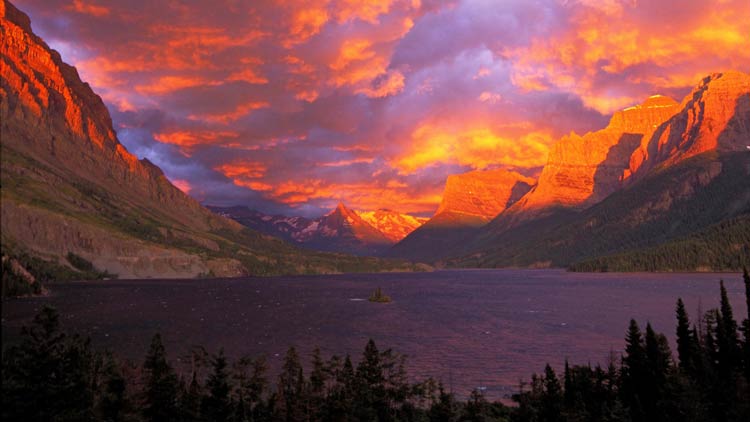
Climate
The climate in Glacier National Park is typically cold and wet, with significant snowfall in the winter and heavy rain in the summer. The park is located in a transition zone between the coastal rainforest and the interior dry belt, which results in a unique and diverse range of climates. The highest elevations in the park are typically colder and receive more snow, while lower elevations are milder and receive less snow. Despite the challenging weather conditions, the park is a popular destination for outdoor recreation and offers opportunities for activities such as hiking, camping, and skiing.
The temperature in Glacier National Park varies greatly depending on elevation, time of year, and location within the park. Average summer temperatures range from the low 60s F (16°C) in low-lying areas to the mid-30s F (2°C) in the highest elevations. Winter temperatures are much colder, with average temperatures ranging from the mid-20s F (-4°C) in low-lying areas to below 0°F (-18°C) in the highest elevations. Visitors to the park should be prepared for these temperature extremes and pack appropriate clothing and gear. Despite the harsh weather conditions, the park is a popular destination for outdoor recreation and offers opportunities for activities such as hiking, camping, and skiing.
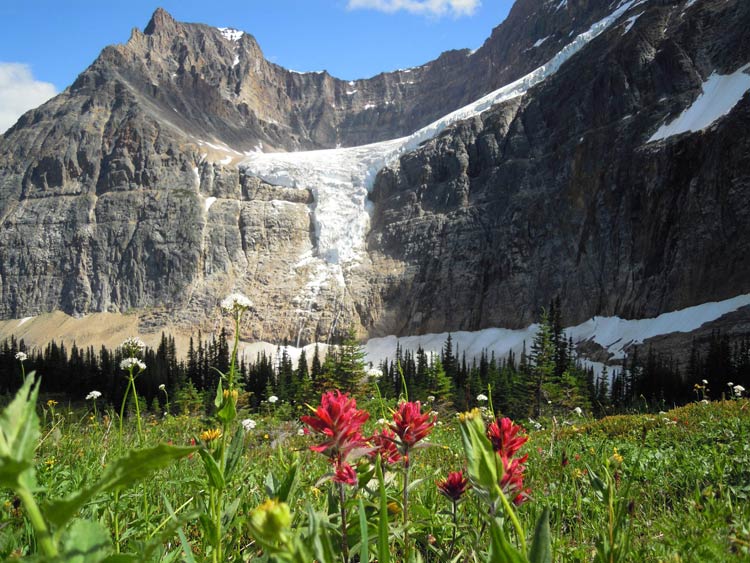
Flora in Glacier National Park in Canada
The flora in Glacier National Park is diverse and varied, ranging from lush coastal rainforest to alpine tundra. The park is home to over 1,000 plant species, including several that are unique to the region. Some of the notable plant communities in the park include:
- Coastal Rainforest
located in the lower elevations of the park and characterized by towering trees, such as Douglas fir, western hemlock, and Sitka spruce. - Alpine Tundra
located in the highest elevations of the park and characterized by low-growing vegetation, such as mosses, lichens, and wildflowers. - Subalpine Forest
located in the middle elevations of the park and characterized by a mix of conifers and deciduous trees, such as mountain hemlock, Engelmann spruce, and lodgepole pine.
These plant communities provide critical habitat for a variety of wildlife species and support the park’s diverse and unique ecosystem. Visitors to the park can enjoy scenic views of the different plant communities and may also have the opportunity to spot rare and endangered species of plants.
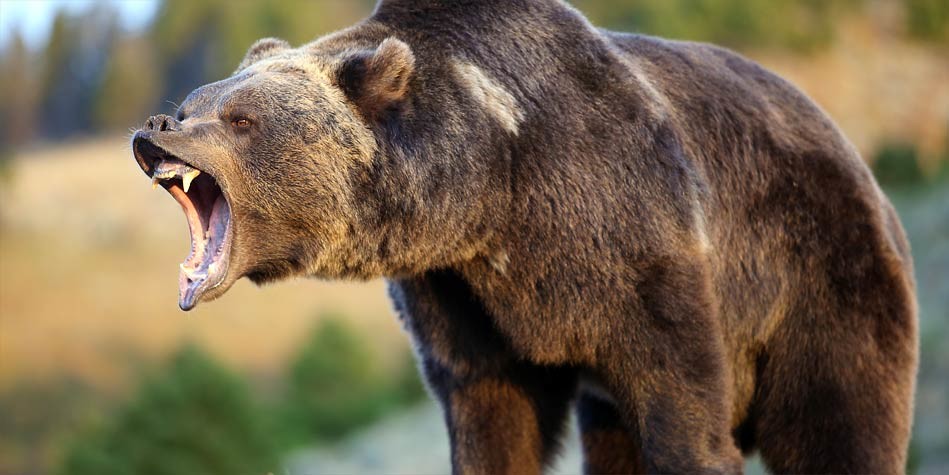
Fauna in Glacier National Park in Canada
Glacier National Park is home to a diverse range of wildlife species, including both mammals and birds. Some of the notable animal species found in the park include:
- Grizzly bears
- Black bears
- Mountain lions
- Moose
- Bighorn sheep
- Mountain goats
- Lynx
- Wolverines
- Marmots
In addition to these large mammals, the park is also home to several species of smaller mammals, such as squirrels, chipmunks, and hares, as well as a variety of bird species, including bald eagles, ospreys, and Peregrine falcons. The park’s diverse and unique ecosystem provides critical habitat for these and many other species of wildlife and offers visitors the opportunity to observe and enjoy wildlife in its natural habitat. Visitors to the park are reminded to follow wildlife viewing guidelines and to respect the park’s wildlife by keeping a safe distance and not approaching or feeding animals.
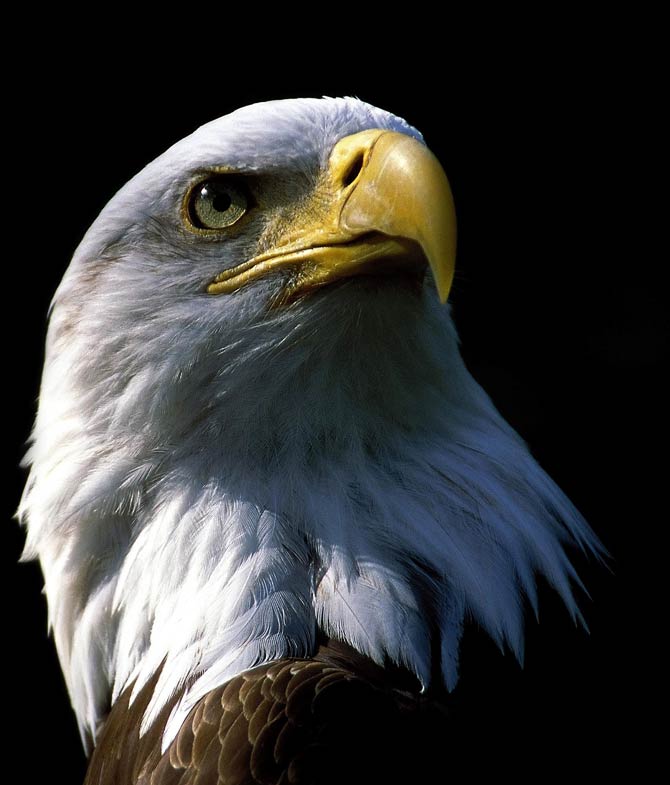
Glacier National Park is home to over 200 species of birds, making it a popular destination for bird watching and wildlife viewing. Some of the notable bird species found in the park include:
- Bald eagle
- Osprey
- Peregrine falcon
- Northern goshawk
- Harlequin duck
- Common raven
- Mountain bluebird
- American dipper
- Northern pygmy owl
- Varied thrush
These bird species are attracted to the park’s diverse landscape and ecosystems, which provide critical habitats and food sources for birds. Visitors to the park can enjoy bird watching and wildlife viewing along trails and in designated birding areas, and may also have the opportunity to see rare or endangered bird species. Bird watching is a popular activity in Glacier National Park, and many visitors come to the park specifically to observe and enjoy its avian wildlife.
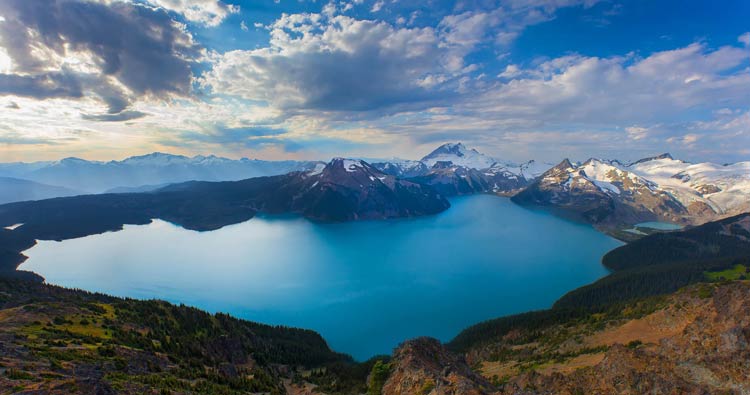
Tourism and tourist main attractions in the park
Glacier National Park is a popular tourist destination, attracting millions of visitors each year. Some of the main attractions for visitors include:
- Scenic drives
Visitors can enjoy scenic drives through the park, including the famous Going-to-the-Sun Road, which offers stunning views of the park’s mountains, glaciers, and lakes. - Hiking
Glacier National Park is home to over 700 miles of hiking trails, ranging from easy nature walks to challenging backcountry treks. Visitors can explore the park’s diverse landscapes and ecosystems on foot and enjoy scenic vistas and wildlife viewing opportunities. - Camping
The park offers several campgrounds, as well as backcountry camping options, for visitors who want to experience the park’s natural beauty up close. - Wildlife viewing
Glacier National Park is home to a variety of wildlife species, including grizzly bears, black bears, moose, and mountain lions. Visitors can observe and enjoy wildlife in its natural habitat along park trails and in designated wildlife viewing areas. - Boating and fishing
Visitors can enjoy boating and fishing in the park’s numerous lakes and streams, which are home to a variety of fish species, including cutthroat trout, bull trout, and kokanee salmon. - Winter sports
The park is a popular destination for winter sports, including cross-country skiing, snowshoeing, and snowmobiling. Visitors can enjoy scenic winter landscapes and participate in a variety of winter recreation activities.
These are some of the main attractions that draw visitors to Glacier National Park and offer opportunities to experience the park’s natural beauty and unique ecosystems.
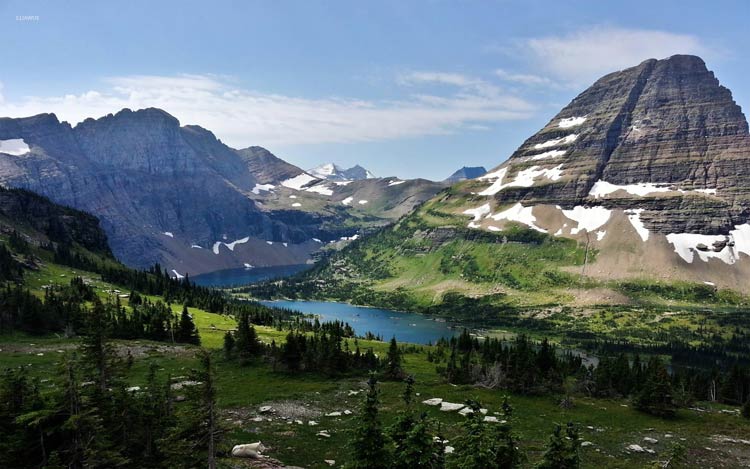
How To Reach To Glacier National Park in Canada?
Here are a few ways to reach Glacier National Park in Canada:
- By car
The park is accessible by car via the Trans-Canada Highway (Highway 1), which runs through the park. The park’s main entrance is located at Rogers Pass, approximately 80 km (50 mi) east of Revelstoke and 70 km (44 mi) west of Golden. - By air
The nearest airports to the park are located in Calgary, Alberta and Kelowna, British Columbia. From there, visitors can rent a car or take a shuttle bus to the park. - By train
Via Rail Canada operates a passenger train service through the park via the Canadian, which runs between Vancouver and Toronto. - By bus
Greyhound Canada operates a bus service between Calgary and Vancouver, with stops in Revelstoke and Golden.
Once visitors arrive at the park, they can access the park’s attractions and activities by car, on foot, or by bike. The park’s main attraction, Going-to-the-Sun Road, is accessible by car and provides stunning views of the park’s mountains and glaciers.

Best Time To Visit Glacier National Park in Canada
The best time to visit Glacier National Park in Canada largely depends on what activities you plan to do and what kind of weather you prefer. Here are some things to consider:
- Summer (June to September)
This is the most popular time to visit the park, as the weather is warm and sunny, and most of the park’s attractions are open. The Going-to-the-Sun Road is usually open from late June to mid-October, depending on weather conditions. This is a great time for hiking, camping, and other outdoor activities. - Fall (October to November)
The fall season in Glacier National Park is a beautiful time to visit, as the leaves on the trees change color and the crowds begin to thin out. The weather can be cool and wet, and some of the park’s attractions may begin to close for the season. - Winter (December to March)
Winter in Glacier National Park is a magical time, with snow-covered landscapes and opportunities for winter sports like cross-country skiing and snowshoeing. The park is generally less crowded in the winter, but some attractions may be closed due to snow and ice. - Spring (April to May)
Spring is a quieter time to visit the park, as the crowds haven’t yet arrived and the weather is beginning to warm up. Some attractions may still be closed, but the park’s wildlife is more active and the spring wildflowers are in bloom.
It’s important to note that weather conditions in the park can change quickly and unexpectedly, so visitors should be prepared for a range of weather conditions regardless of the season.

Conservation
A few key points about conservation in Glacier National Park:
- Glacier National Park is managed by Parks Canada, the federal agency responsible for preserving and protecting Canada’s national parks.
- The park’s diverse landscapes and ecosystems, including its glaciers, are considered ecologically and culturally significant and are protected under Canadian law.
- Park management has implemented a variety of measures to protect the park’s resources, including controlling visitor numbers, promoting sustainable tourism practices, and monitoring and managing wildlife populations.
- The park’s glaciers are in retreat due to climate change, and park management is working to understand and respond to the impacts of this change on the park’s ecosystems and resources.
- Park management also collaborates with local communities and indigenous peoples to incorporate traditional ecological knowledge into park management practices and to promote stewardship of the park’s resources.
- In recent years, the park has faced challenges related to increasing visitor numbers and the impacts of climate change, and park management is working to address these challenges while balancing the need to preserve the park’s resources and protect its ecological integrity.
Conservation is a key aspect of Glacier National Park management and is essential to ensure the long-term protection and preservation of the park’s unique and diverse resources.
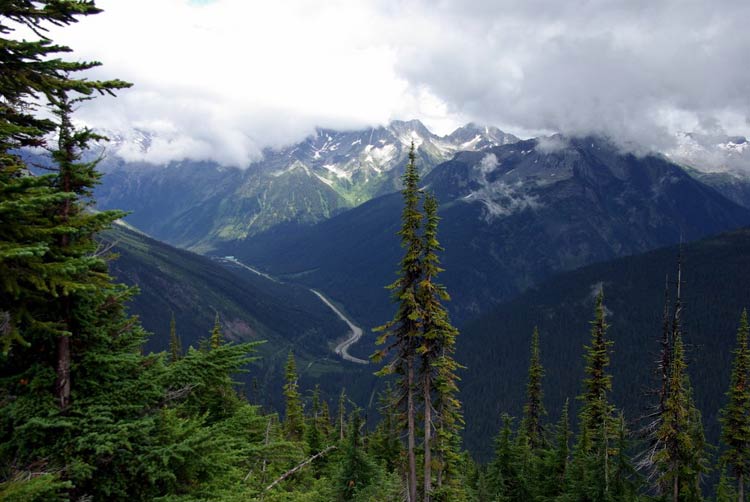
Interesting facts about Glacier National Park (Canada)
- Glacier National Park is located in the Selkirk Mountains of British Columbia, Canada, and is part of the larger Columbia Mountain Range.
- The park was established in 1886 and is one of Canada’s oldest national parks.
- The park is home to over 700 miles of hiking trails, including the historic Illecillewaet Trail, which was used by early settlers and fur traders to travel through the mountains.
- Glacier National Park is named for its glaciers, which are remnants of the last ice age and are slowly retreating due to climate change.
- The park is home to a variety of wildlife species, including grizzly bears, black bears, moose, and mountain lions, as well as 235 species of birds.
- The park’s scenic Going-to-the-Sun Road, which crosses the park from east to west, is considered one of the most beautiful drives in North America and offers stunning views of the park’s mountains, glaciers, and lakes.
- In addition to its scenic beauty, Glacier National Park is also known for its unique geology, including hot springs, glaciers, and karst limestone formations.
- The park’s diverse landscapes and ecosystems support a variety of plant communities, including forests, meadows, and alpine tundra.
- In recent years, the park has experienced an increase in visitor numbers, and park management has implemented measures to protect the park’s sensitive ecosystems and reduce the impact of visitors on park resources.
These are a few of the many interesting facts about Glacier National Park, a unique and beautiful destination in Canada’s Columbia Mountain Range.
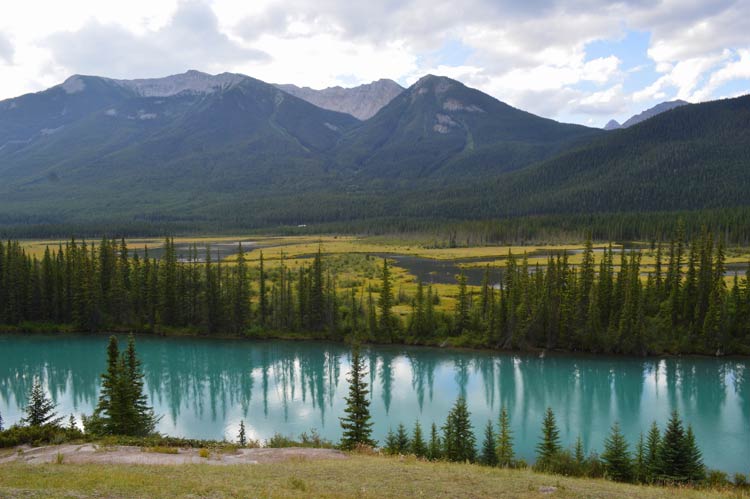
Q&A (questions and answers) about Glacier National Park in Canada
Q: Where is Glacier National Park located?
A: Glacier National Park is located in the Selkirk Mountains of British Columbia, Canada.
Q: When was Glacier National Park established?
A: Glacier National Park was established in 1886.
Q: What type of landscapes and ecosystems can be found in the park?
A: Glacier National Park is home to a variety of landscapes and ecosystems, including forests, meadows, alpine tundra, glaciers, and karst limestone formations.
Q: What kind of wildlife can be found in the park?
A: Glacier National Park is home to a variety of wildlife species, including grizzly bears, black bears, moose, mountain lions, and over 200 species of birds.
Q: What is the Going-to-the-Sun Road?
A: The Going-to-the-Sun Road is a scenic drive through Glacier National Park that crosses the park from east to west and offers stunning views of the park’s mountains, glaciers, and lakes.
Q: What kind of recreational activities can visitors enjoy in the park?
A: Visitors to Glacier National Park can enjoy a variety of recreational activities, including hiking, camping, wildlife viewing, boating and fishing, and winter sports such as cross-country skiing and snowshoeing.
Q: How is the park managing the impact of increased visitor numbers?
A: To reduce the impact of increased visitor numbers on the park’s sensitive ecosystems, park management has implemented measures such as limiting the number of visitors to certain areas and promoting sustainable tourism practices.
Q: What is the significance of the park’s glaciers?
A: Glacier National Park is named for its glaciers, which are remnants of the last ice age and are slowly retreating due to climate change. The park’s glaciers are significant in terms of geology, hydrology, and ecology and provide unique opportunities for scientific study and recreation.
